Elephants are one of the most iconic and well-loved land mammals on Earth. They can eat an incredible 50 tonnes of food a year, are intelligent, and some species can live up to 70 years!
These big mammals can be found in savannahs, grasslands, and forests, but they occupy a wide range of habitats, including deserts, swamps, and highlands in tropical and subtropical regions of Africa and Asia.
Our expert guide answers all your elephant questions, including what they use their tusks for, whether they can feel empathy and if they can recognise their own reflections.
Are elephants mammals?
Elephants are the world's largest land mammal. They're warm-blooded vertebrates that nurse their young with milk produced by mammary glands, and they're hairy creatures (the hairs are just small and sparse, so they don't look furry). That means they fulfil all the requirements to be mammals.
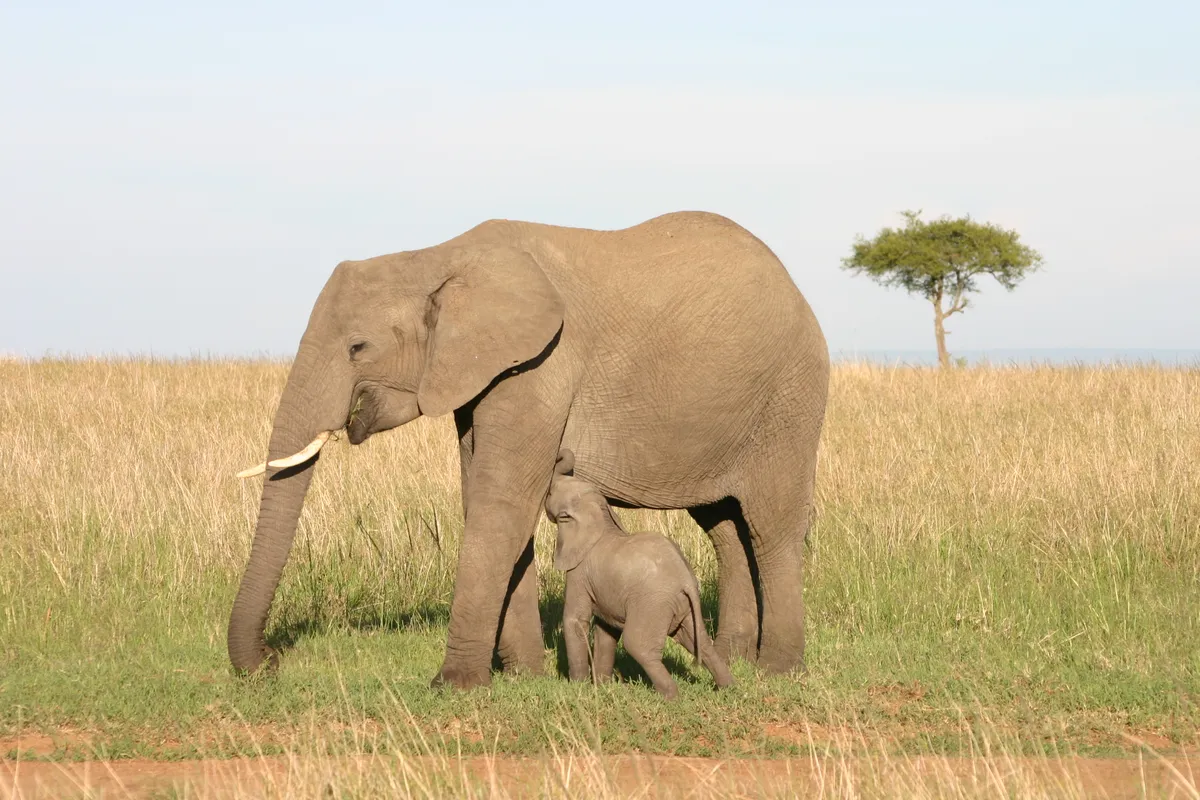
How many species of elephant are there?
There are three elephant species: the African bush elephant, also known as the African savannah elephant (Loxodonta africana), the African forest elephant (Loxodonta cyclotis) and Asian elephant (Elephas maximus).
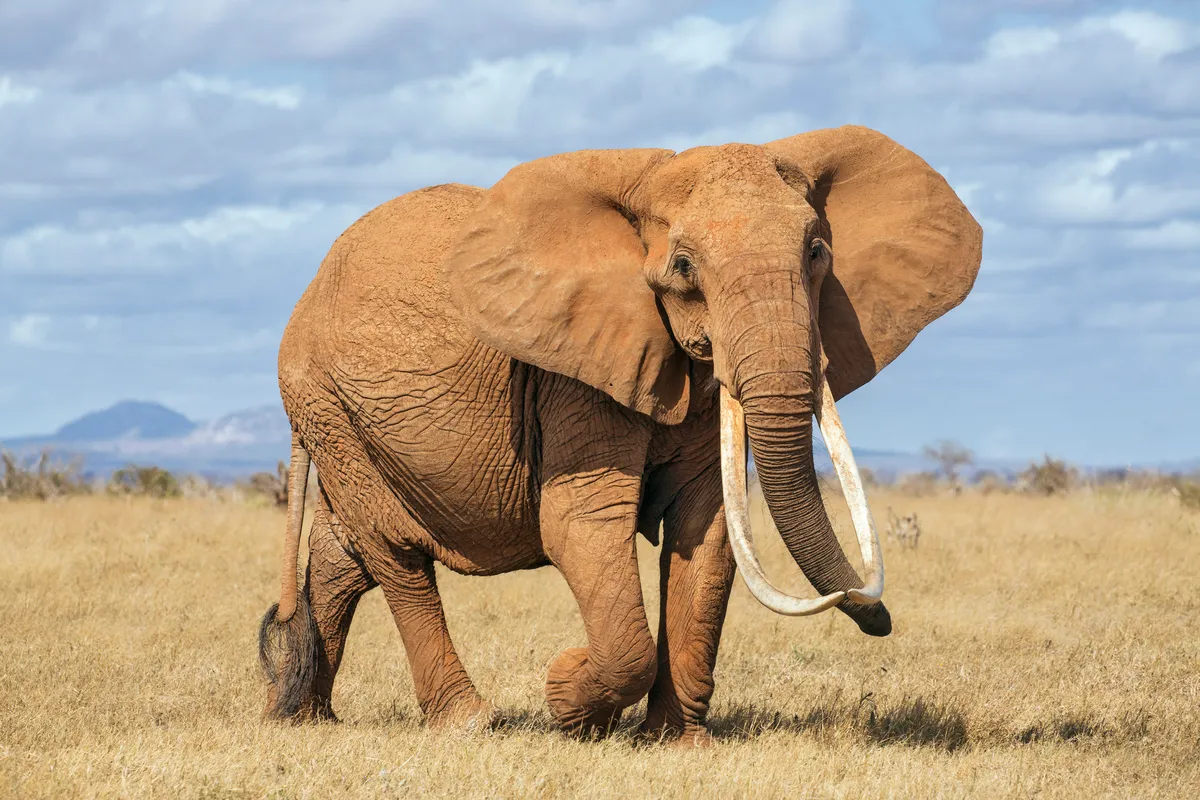
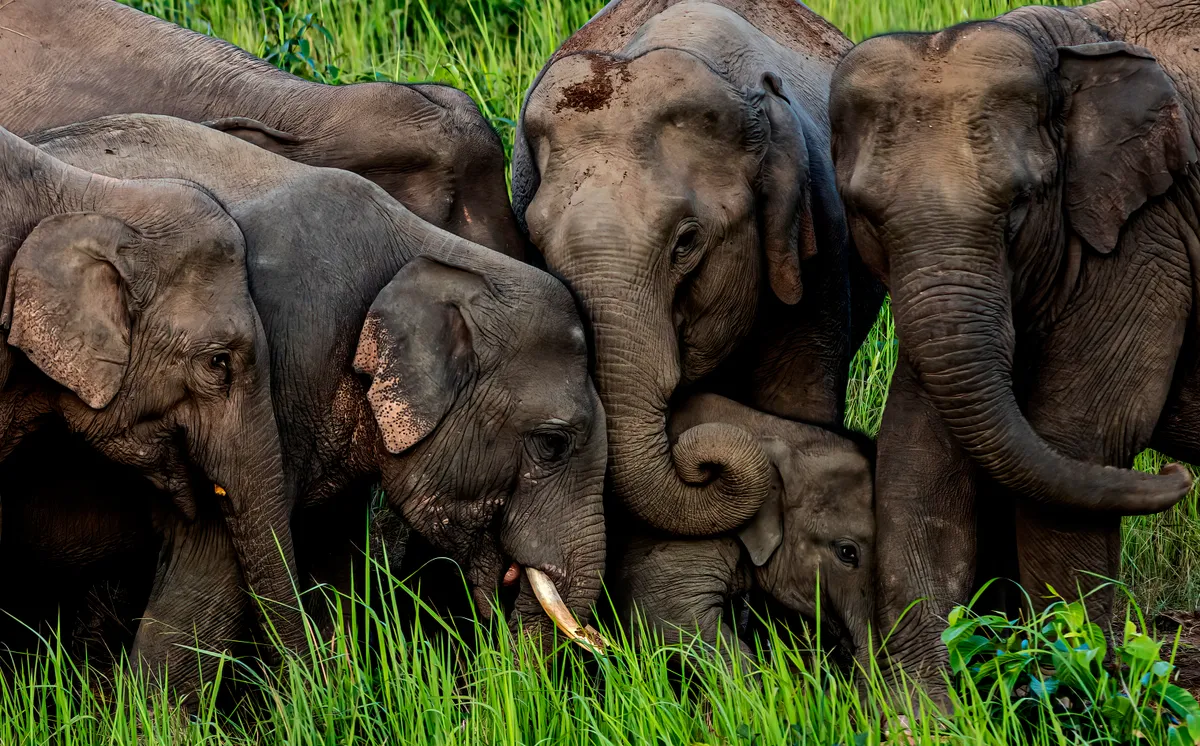
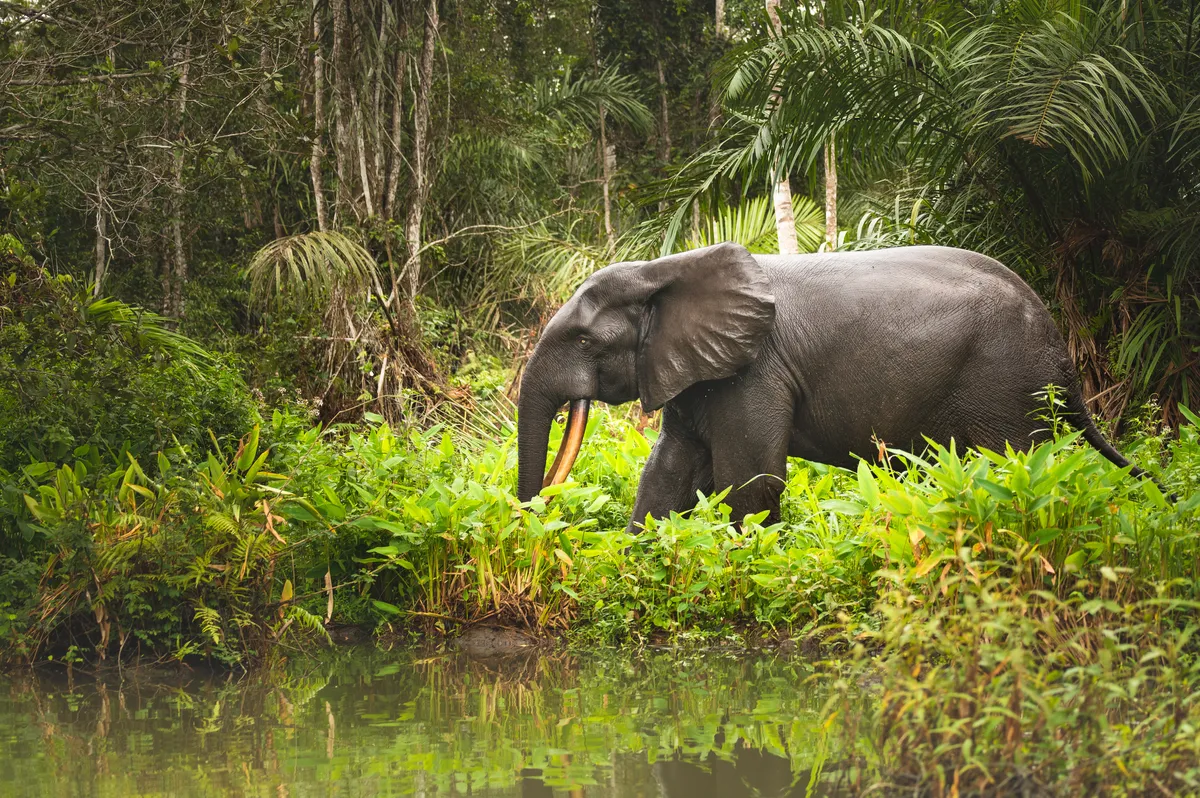
While the African elephants are closely related, the Asian elephant is quite distinct. The Asian elephant and African savannah elephant are endangered and the African forest elephant (Loxodonta cyclotis) is critically endangered: all three species are threatened by loss of habitat and poaching for ivory.
More on African wildlife:
What's the difference between African and Asian elephants?
The African elephant’s ears are much bigger than those of its Asian cousin, extending above the shoulder. It’s said that the former’s ears are the same shape as Africa, while the latter’s look like India.
Both male and female African elephants grow long tusks, but only male Asian elephants do (and not all males). Some female Asian elephants grow ‘tushes’ – barely visible, stumpy tusks.
African elephants have more rounded foreheads, while Asian elephants have twin domes on their heads with an indent in the middle.
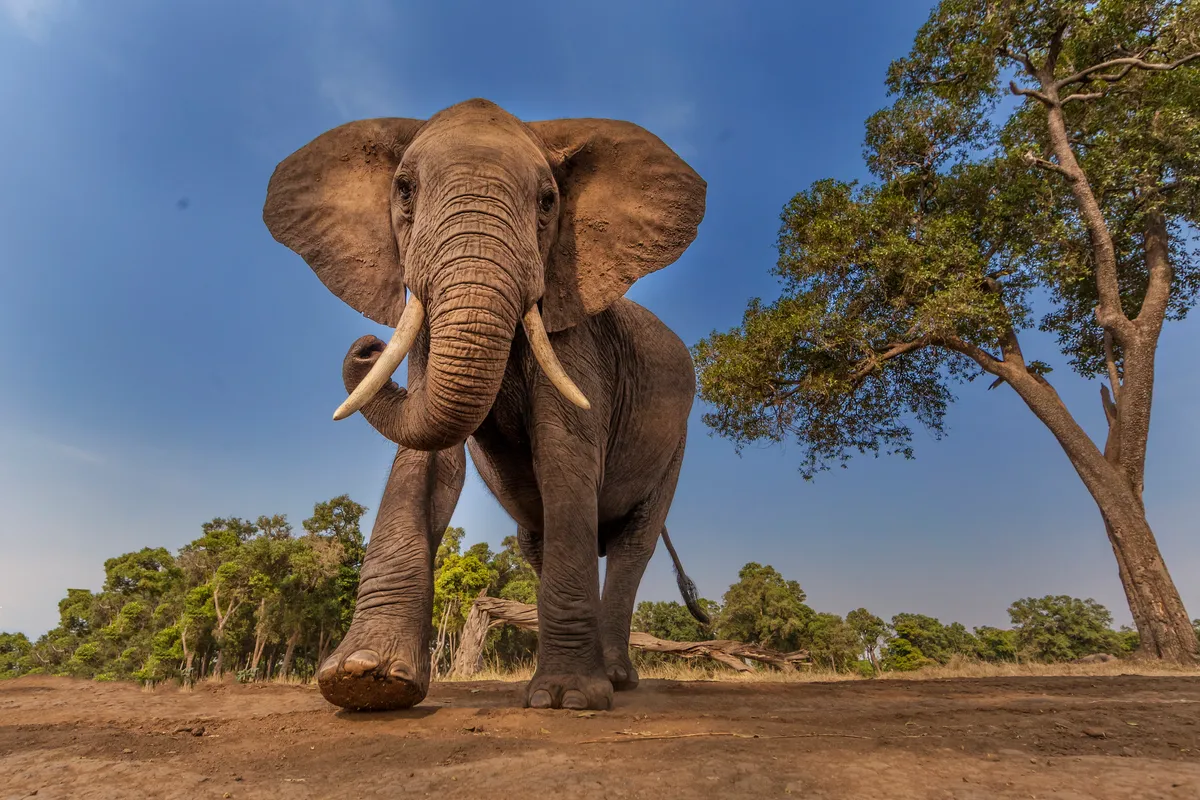
The tip of an African elephant’s trunk has two fingers or ‘lips’; the Asian elephant’s trunk only has one.
While the African elephant’s back is concave (with a small hollow in it), the Asian elephant’s is convex (slightly domed).
In general, African elephants are larger. Adult males weigh up to six tonnes, while male Asian elephants usually weigh no more than five tonnes.
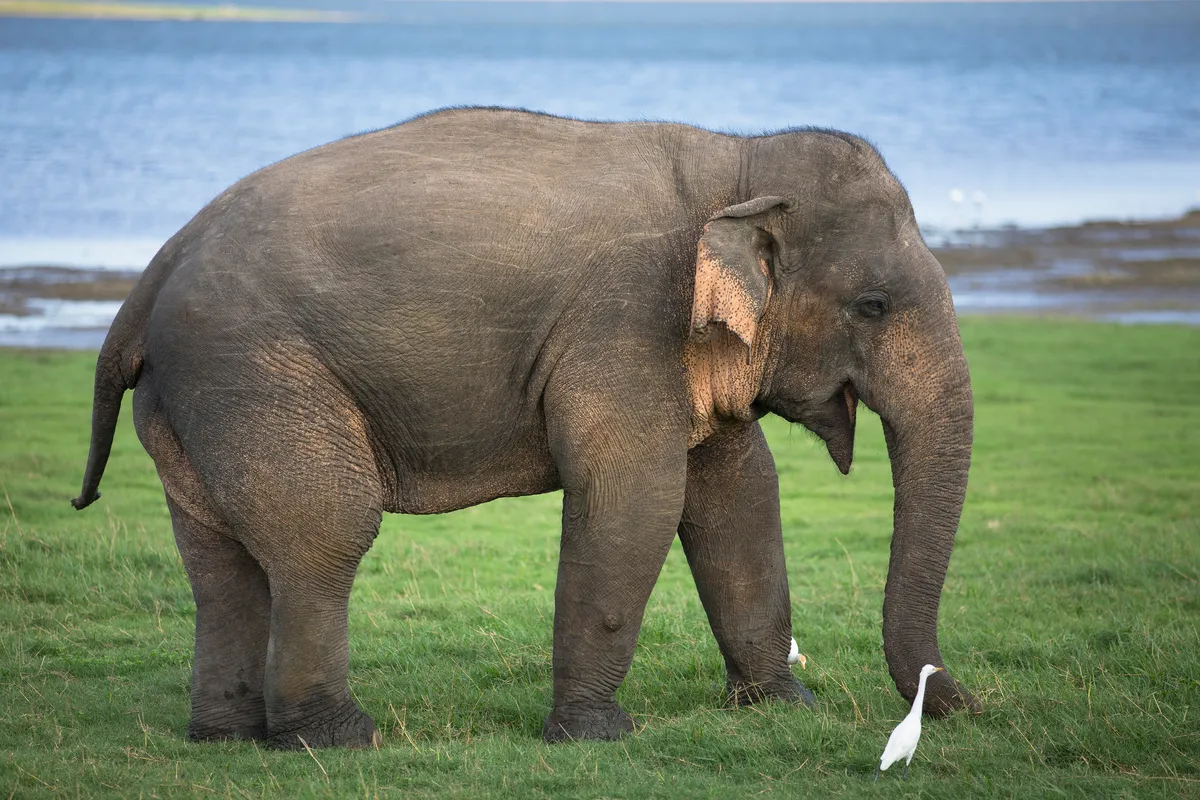
More on elephants:
How intelligent are elephants?
Elephants are the world’s largest land mammals – and, aside from the great apes (humans, gorillas, chimpanzees, bonobos and orangutans) – the most intelligent.
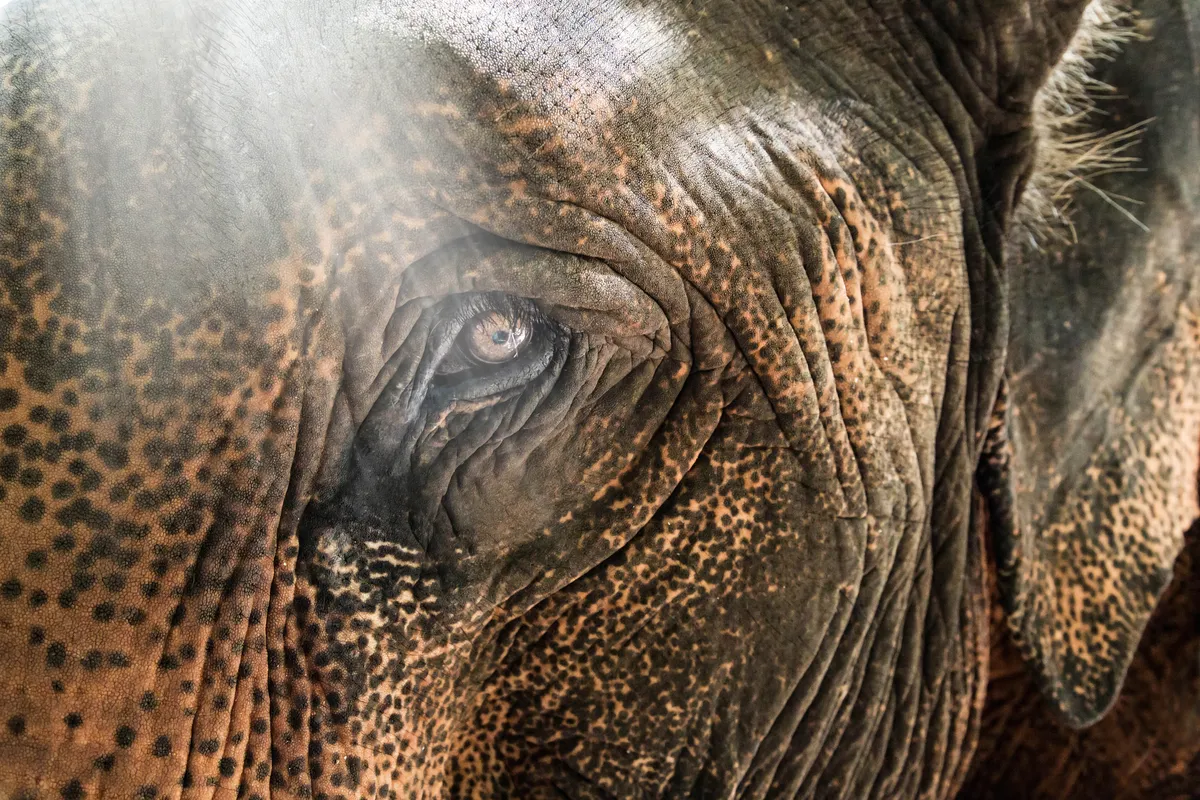
Do elephants recognise their reflections?
Elephants can recognise themselves in mirrors. Scientists believe this is a sign of greater self-awareness. In one study, an Asian elephant called Happy repeatedly touched an ‘X’ painted on her forehead while looking in the mirror, an indication that she knew she was looking at her own reflection. Most animals will assume that a reflection is another animal, and look for it behind the mirror.
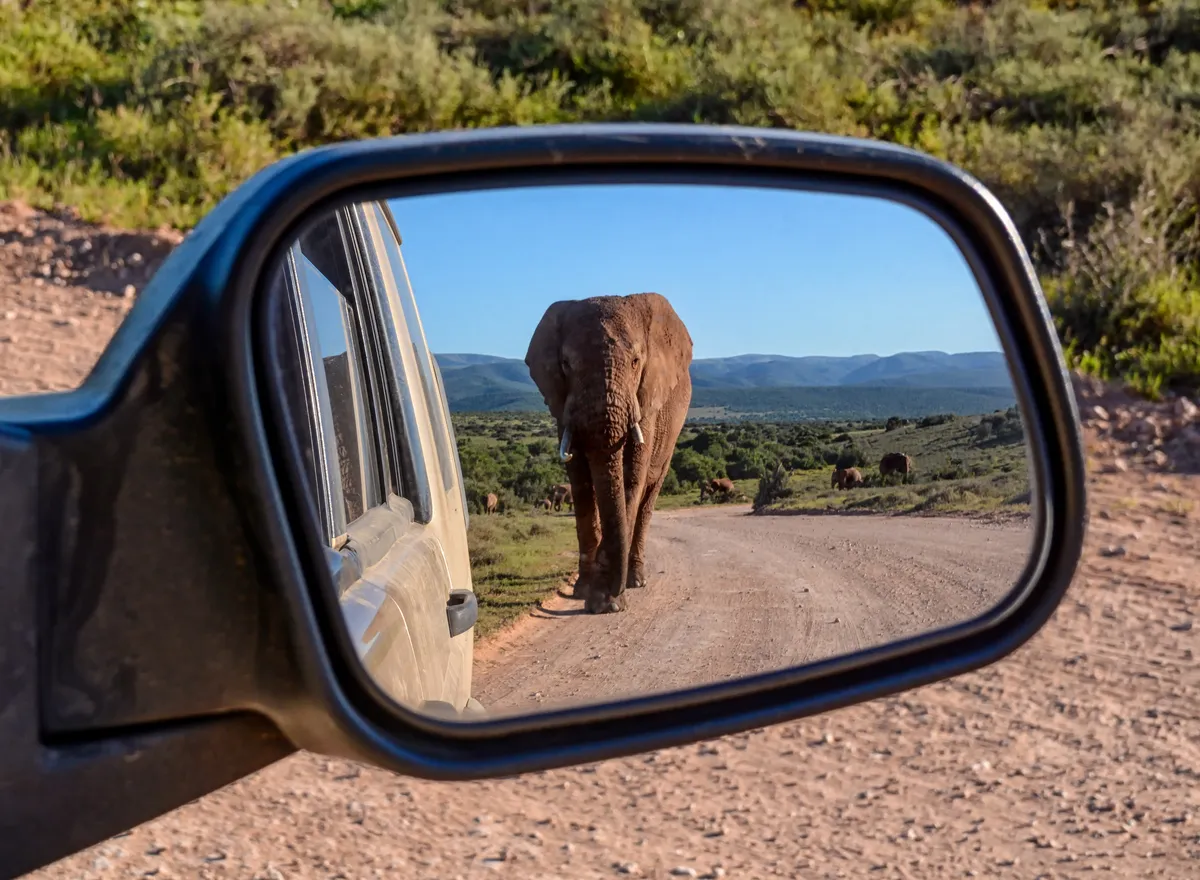
Can elephants count?
Much debate surrounds whether any animals are able to count in the precise, symbolic way that we humans can. But many species – from parrots to monkeys and even bees and fish such as stingrays – do appear to have a capacity for some sort of basic numeracy. Asian elephants seem particularly good at it.
They can distinguish between pictures showing different numbers of fruit, even when the size of the fruit varies. This suggests they can think in numbers specifically, and are not just estimating overall quantity.
They are good at that too though – they can distinguish between buckets containing different numbers of sunflower seeds just by sniffing them.
This Q&A originally appeared in BBC Wildlife, and was answered by Stuart Blackman.
Are elephants dangerous?
Elephants are well-known for living in matriarchal (female-led) social groups, and although elephants are respected and revered by people throughout their ranges in Africa and South Asia, they are also feared because they can be aggressive and dangerous.
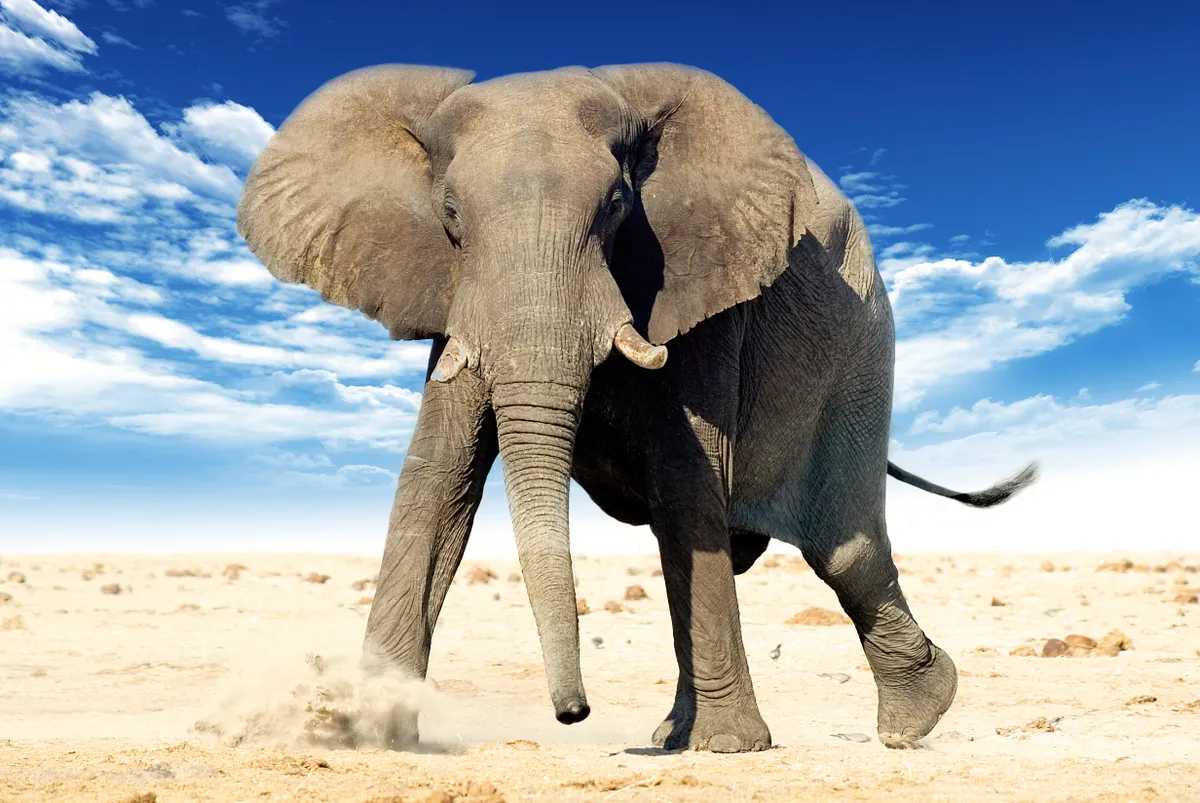
When are elephants most dangerous?
Musth, pronounced ‘must’, is when males experience increases in testosterone levels of a factor of 60 or more. The changes prepare them for competing for females and make them much more aggressive.
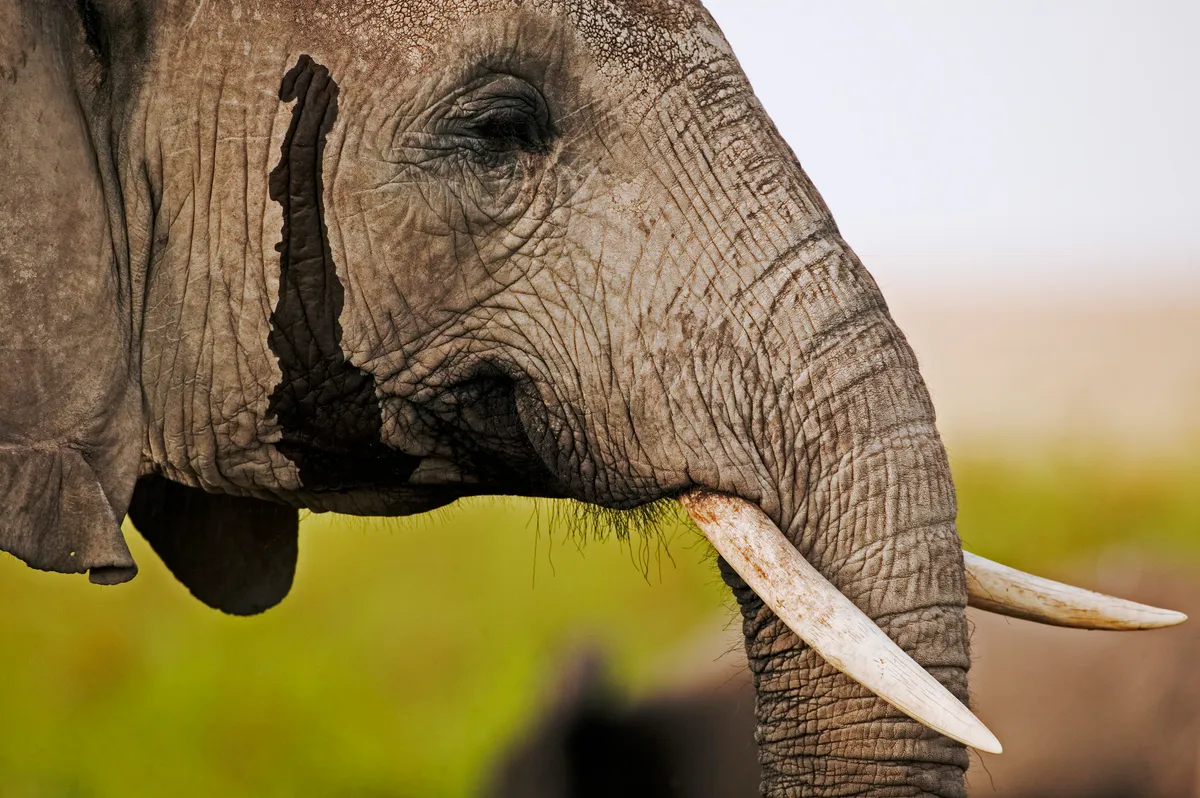
The condition is more pronounced in Asian elephants, and can last for up to 60 days. Elephants in musth carry their heads and ears higher than normal and make a characteristic rumbling sound. A bull elephant in musth can be extremely dangerous to anything that gets in his way.
What do elephants eat?
Elephants eat a wide range of plant material, including grass, leaves, woody parts of trees and shrubs, flowers and fruits when available. After rain, they will dig for roots. Asian elephants feed on more than 100 species of plant, and both African and Asian elephants take crops such as millet. An adult needs to eat up to 150kg of food a day – that’s 50 tonnes a year!
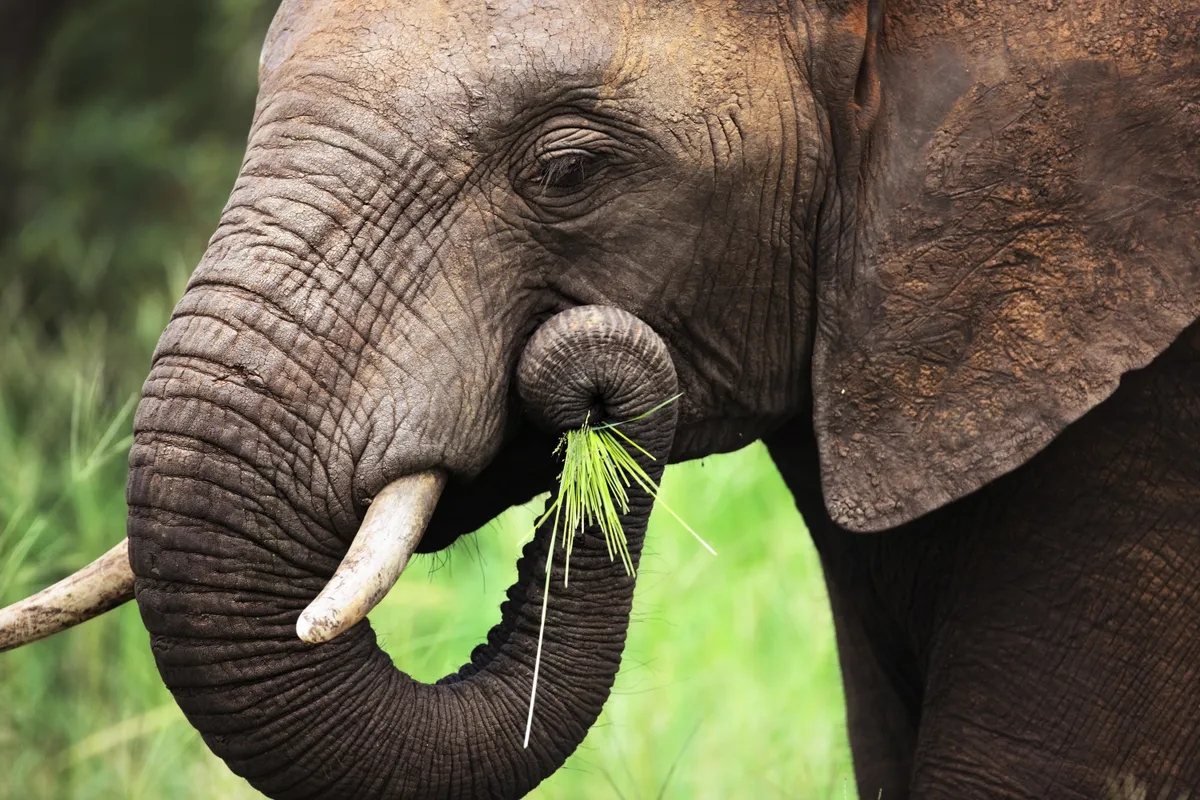
How much does an elephant weigh?
African bush elephants are not just the largest elephants but the largest land animals in the world, weighing in at around 6000kg and standing 3.2m tall at the shoulder, while females are about 60cm shorter and half the weight. Male Asian elephants weigh roughly 4000kg with a shoulder height of 2.75m, while the 2000kg, 2.2m tall African forest elephant is the smallest elephant species.
The largest elephant ever recorded was an incredible 3.96m tall and weighed a staggering 10,400kg.
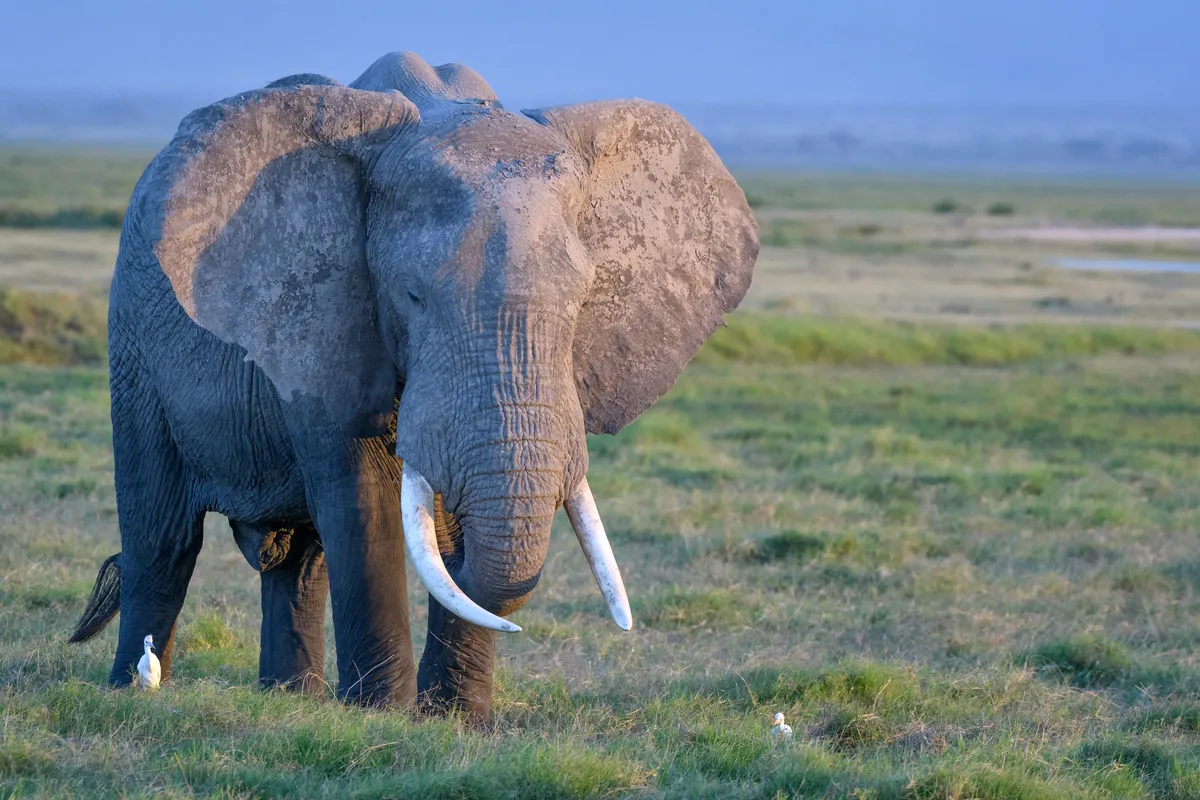
How much does a baby elephant weigh?
Baby elephants weigh around 100kg on average, heavier than most adult men, and some newborns have been as large as 120kg. Those are figures for Africa bush elephants - baby elephants of other species are naturally smaller.
What is a baby elephant called?
Baby elephants are called calves.
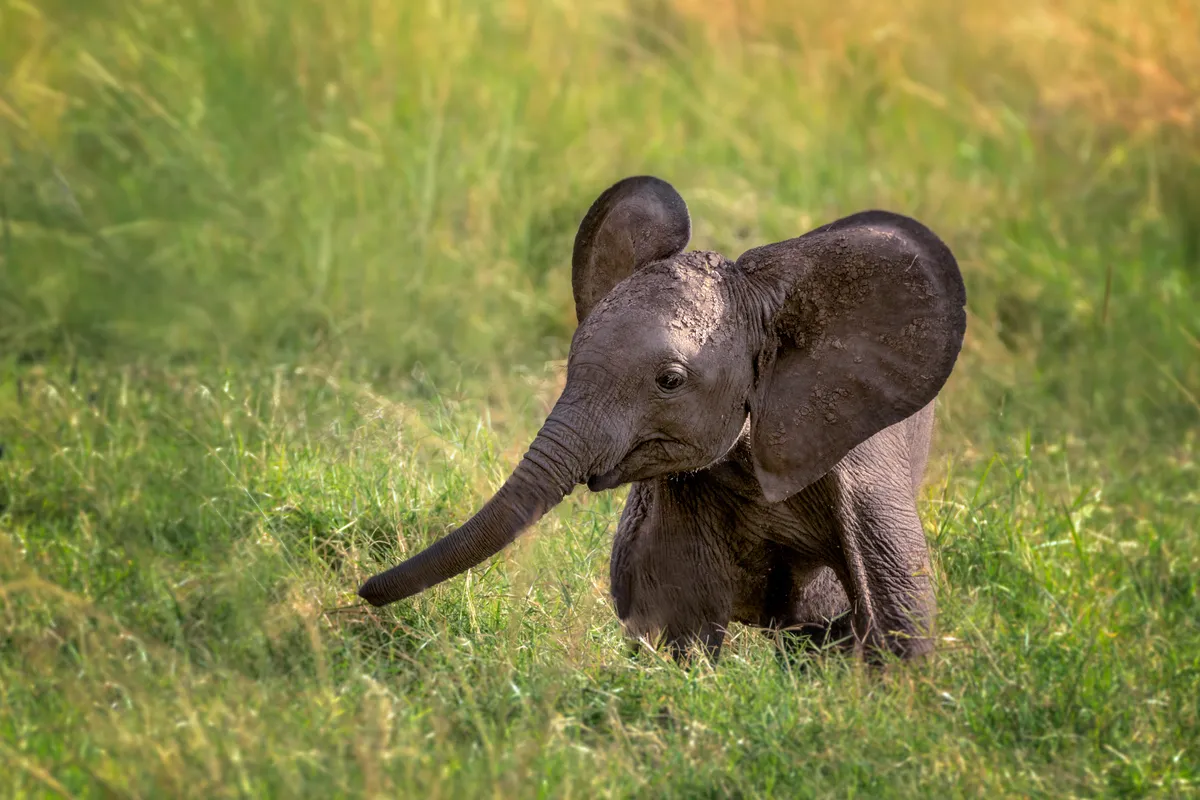
How long is elephant gestation or pregnancy?
Elephants have one of the longest known gestations - or pregnancies - of any animal. African elephants have a gestation period of 22 months, while Asian elephants have a gestation period of 18-22 months. Elephants will typically only give birth two or three times in a decade, and young elephants may suckle for a few years.
Please note that external videos may contain ads:
Baby Elephant's Adorable First Bath | BBC Earth
What do elephants use their tusks for?
Tusks are actually hugely elongated upper incisor teeth embedded deep in the elephant’s head (up to a third of a tusk is hidden from view). Elephant tusks have a variety of uses: as a tool to dig for food or water and to strip bark from trees; as a weapon in battles with rivals; and as a courtship aid – the larger his tusks, the more attractive a male elephant may appear to a female.
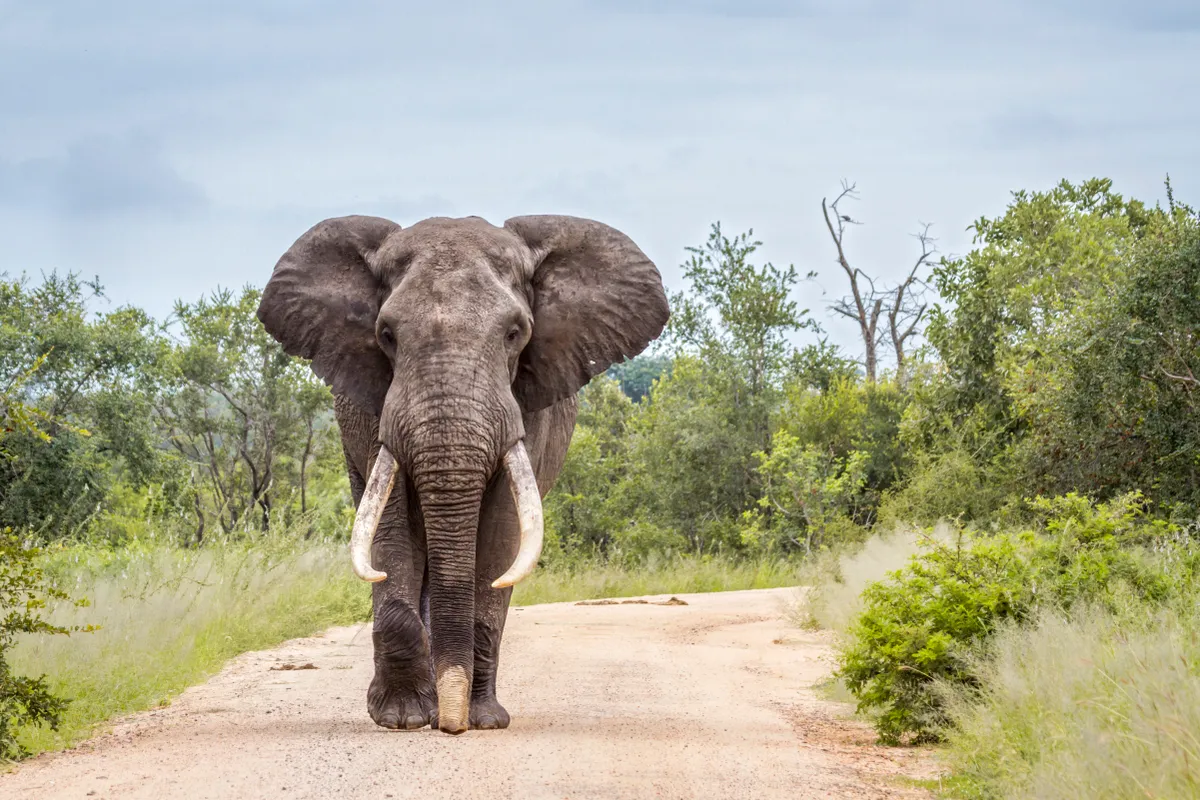
Can elephants be right- or left-tusked?
Yes. Just as humans are right- or left-handed, elephants are known to use one tusk more than the other. This favoured appendage is sometimes referred to as the ‘master tusk’ and often appears more worn.
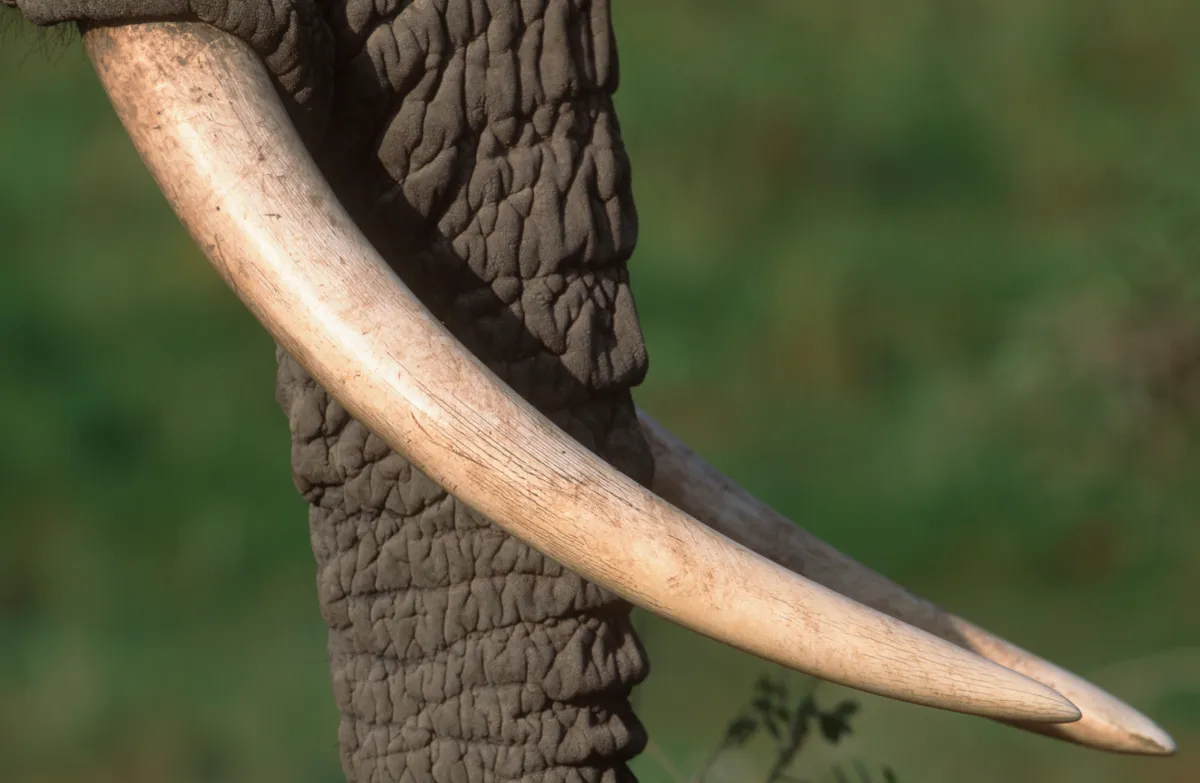
Do female elephants have tusks?
Male and female African elephants naturally have tusks, but only male Asian elephants grow them. However, this is changing, and an increasing number of African elephants are being born without tusks. Those that do still have tusks have much smaller tusks than in the past - the average size has halved in the last century.

Why are elephant tusks getting smaller? Because of hunting and poaching for ivory. The elephants with the biggest tusks are most likely to be targeted, so they get killed and aren't able to pass on their big-tusk genes to future generations.
How long do elephants live for?
Elephants are among the longest-lived mammals on the planet. African elephants have a lifespan of up to 70 years in the wild, but tend not to live quite so long in captivity. Asian elephants have a shorter lifespan of around 48 years.
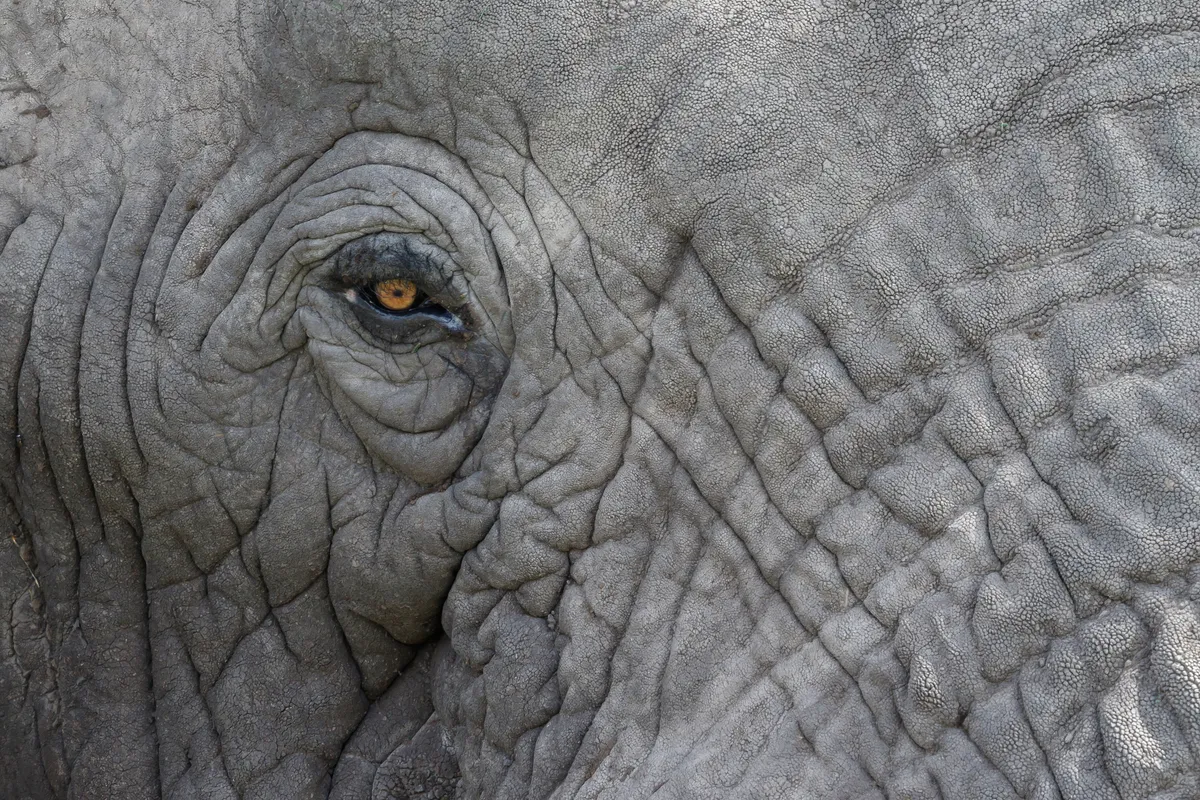
Do elephants live alone or in groups?
Both African and Asian elephants form female-led, tight-knit groups consisting of a dominant matriarch, her female offspring and other female relations plus their calves. Occasionally, groups of elephants will allow ‘strangers’ to join them. Living in groups makes individuals safer and allows them to devote more time to caring for and teaching the young.
Please note that external videos may contain ads:
Elephants: up close and personal - Planet Earth Live - BBC One
How many muscles are in an elephant’s trunk?
Massive in size and complex in physiology, an elephant’s trunk is made up of more than 40,000 muscles, as well as some 140kg of flesh, fat, nerves and connective tissue (there are no bones in a trunk). Large, external muscles control the vertical, horizontal and lateral movements; smaller, internal muscles help with finer movements and flexibility function.
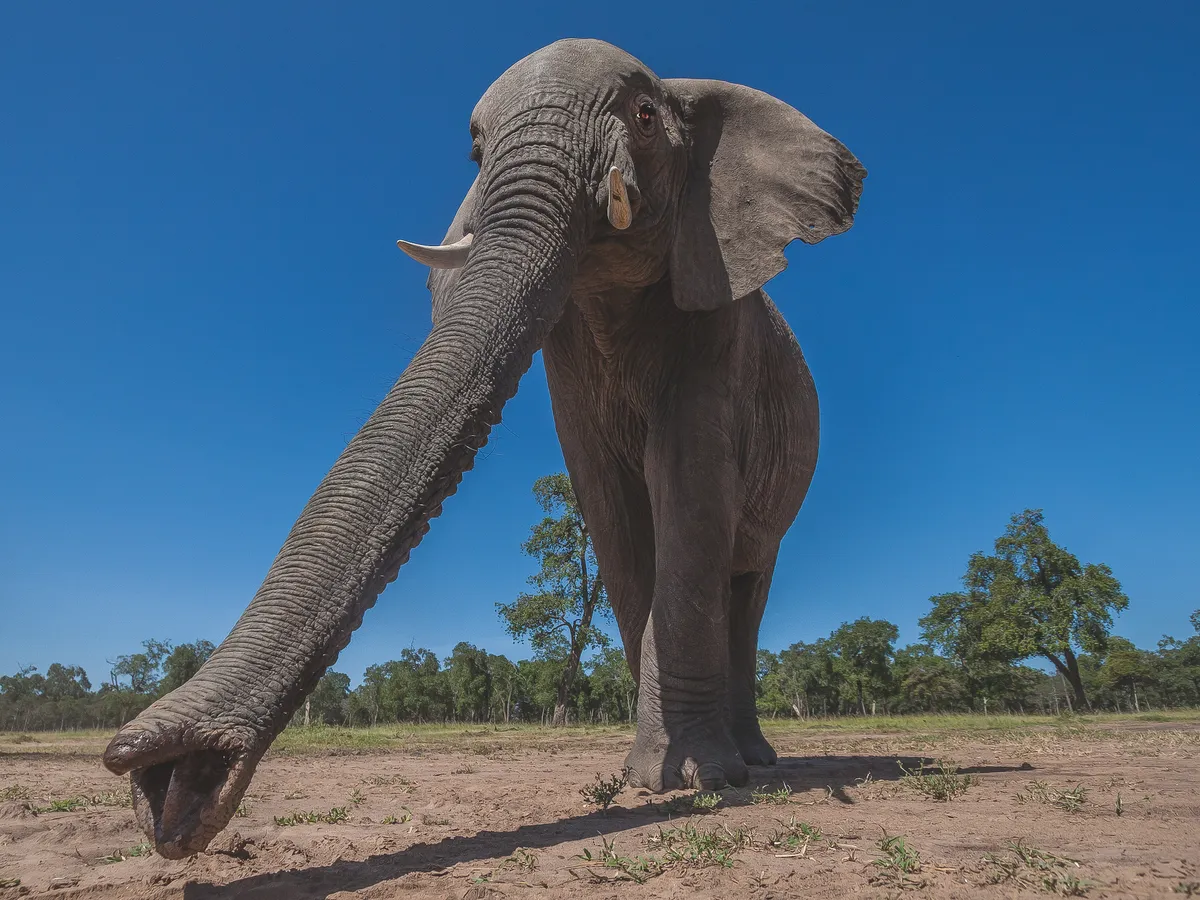
An elephant’s trunk has many uses, from smelling, breathing, trumpeting, drinking and storing water to grasping food, greeting other elephants, displaying aggression and spraying dirt. It is one of the most versatile organs in the animal kingdom, able to pick up a pin or pull down a tree.
Researchers can also glean information about an individual elephant by studying its trunk. A green patch on the underside, for instance, means a youngster has started weaning off its mother’s milk.
This Q&A originally appeared in BBC Wildlife, and was answered by David Lolchuraki from Save The Elephants.
Do baby elephants suck their trunks?
Yes they do! As in all young mammals, an elephant calf's sucking reflex, which prompts it to drink from its mother's breast, is strong. And when a youngster is not feeding, it may suck its trunk for comfort, just as a human baby would suck its thumb.
Newborn elephants have little control over their trunks and must learn how to use them. They practise by exploring their environment - touching fellow herd members, their surroundings and themselves. They must then master the use of their trunks for feeding. With more than 50,000 individual muscle units in the trunk, it's a complex skill to learn.
Though trunk-sucking is more common in the early stages of life, elephants of all ages do it, even big old bulls, usually when they are feeling nervous or unsure.
Sometimes an elephant that appears to be sucking its trunk is actually using it to smell, placing the tip inside its mouth after touching or sniffing dung or urine to assess pheromones produced by other elephants.
How good is an elephant's memory?
Elephants have amazing long-term memories. Scientists studying three herds in Tanzania found that, during a lengthy drought, the two herds led by older matriarchs left the drought area in search of water, and more of their group survived as a result. The scientists concluded that these older females had remembered a drought that had occurred more than 30 years earlier and knew what to do. One female elephant also recognised zoologist Iain Douglas-Hamilton even though she hadn’t seen him for four years. Maybe it's really true that elephants never forget.

Can elephants feel empathy?
Elephants appear to understand what other elephants are feeling. Experiments show that when one elephant is unhappy, others share their feelings, something known as ‘emotional contagion’. In these situations, they will go over to their ‘friend’ and comfort them, often by putting their trunk into the other’s mouth, something that elephants find reassuring. Elephants will also assist other injured elephants, and even appear to mourn their dead.
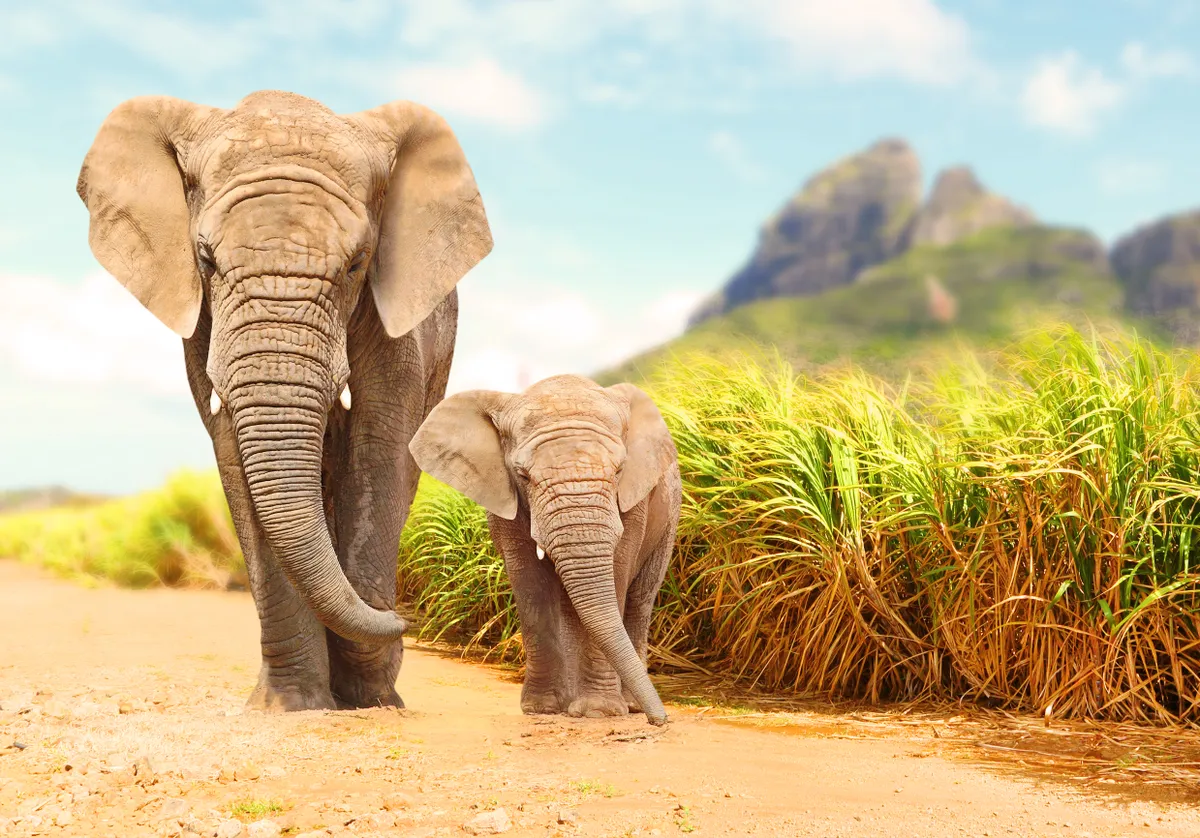
Do elephants have a sixth sense?
Elephants may be able to detect a thunderstorm from 280km away, and will head towards it, looking for water. In 2004, elephants appeared to head for higher ground before the Asian tsunami struck.
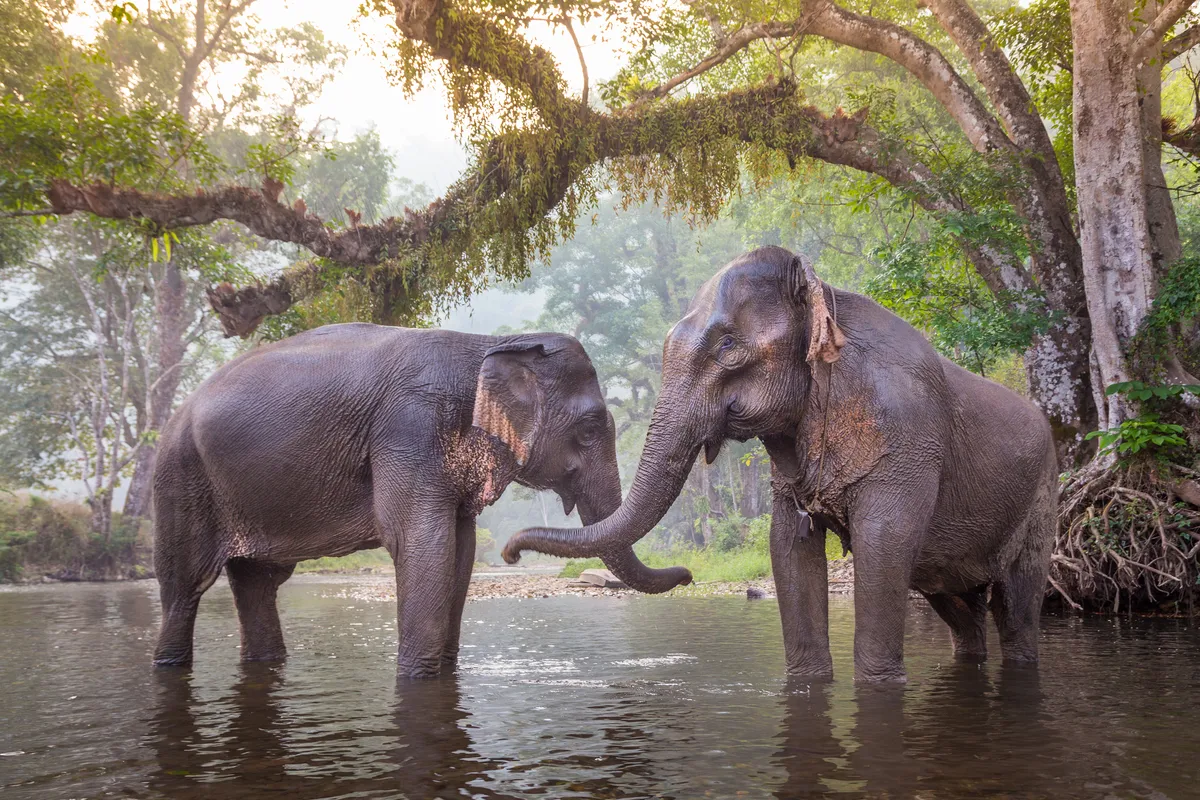
How much methane does an elephant produce?
Elephants produce a lot of methane gas as a by-product of digestion. Scientists estimate that the amount of methane they emit in one day would be enough to power a car for 32km.
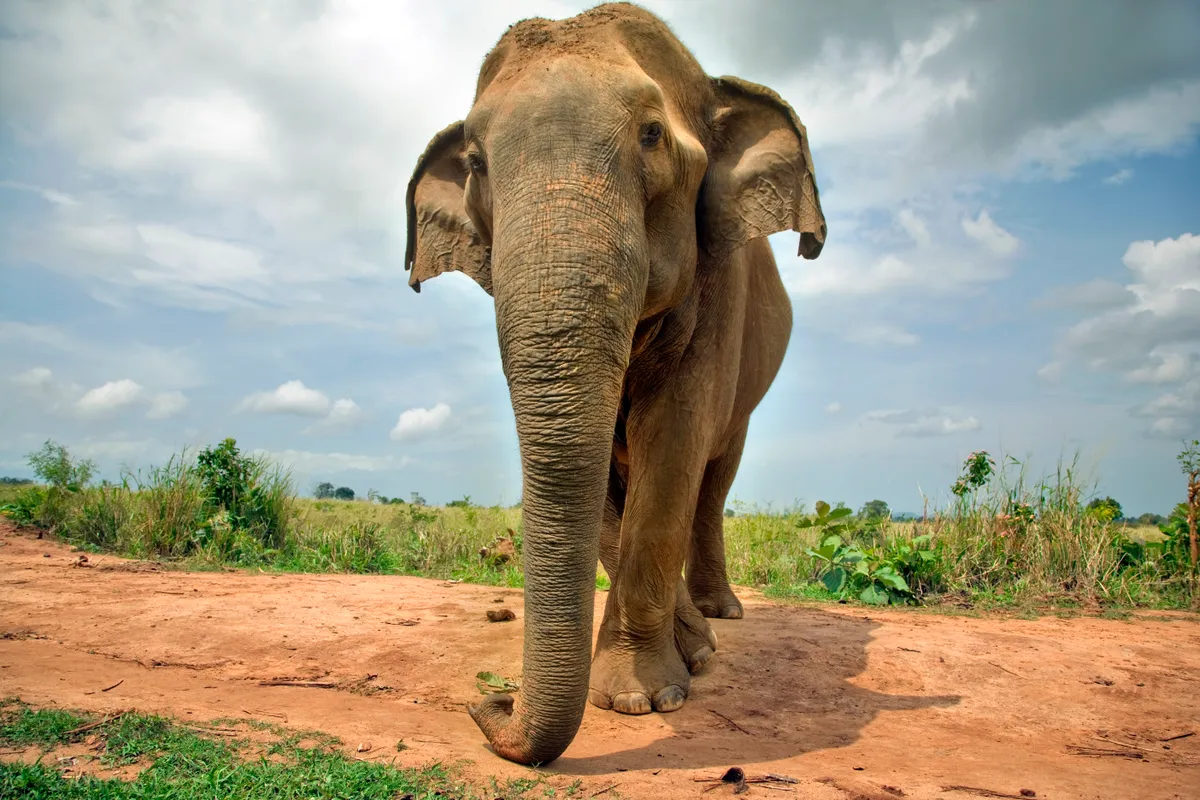
Main image: © iStock